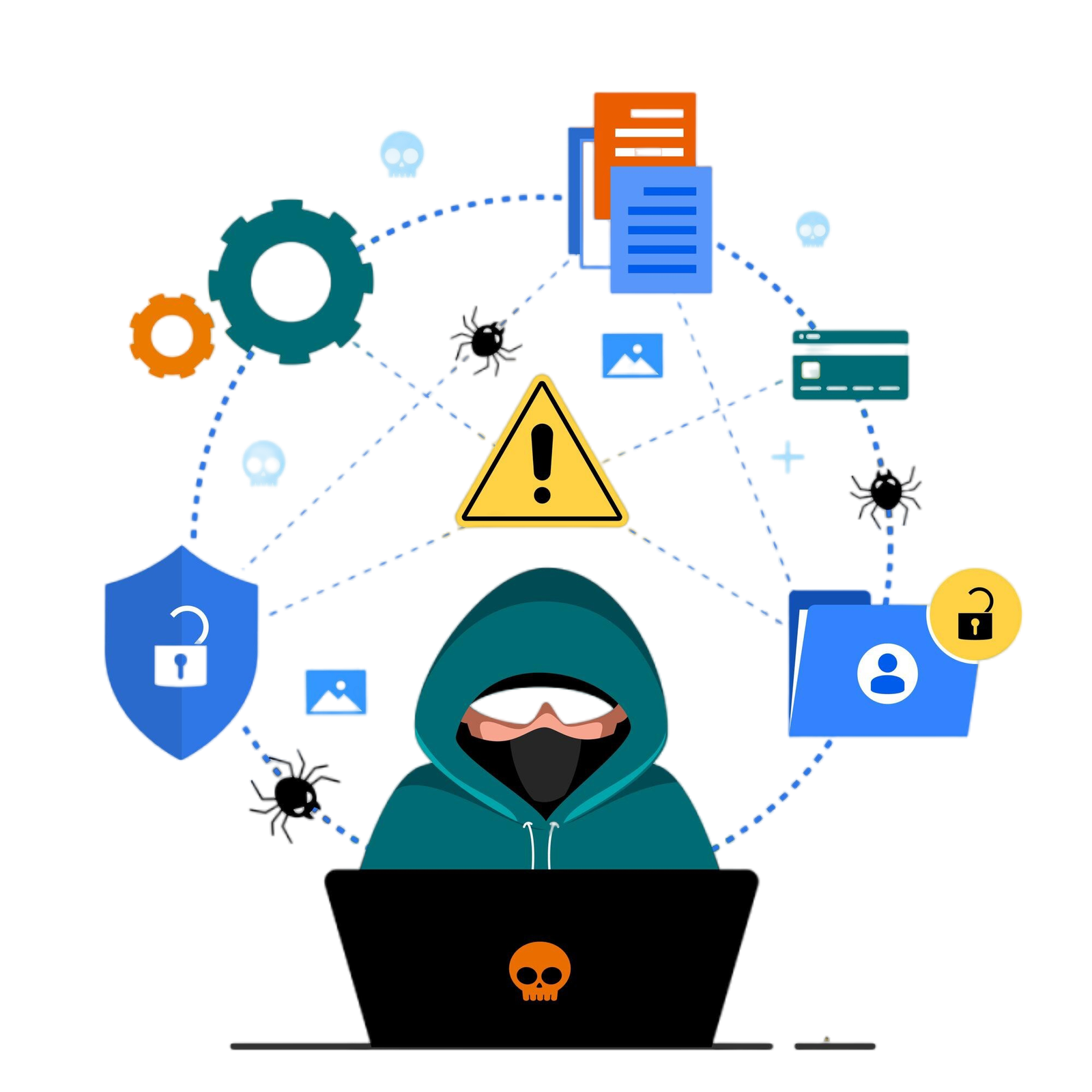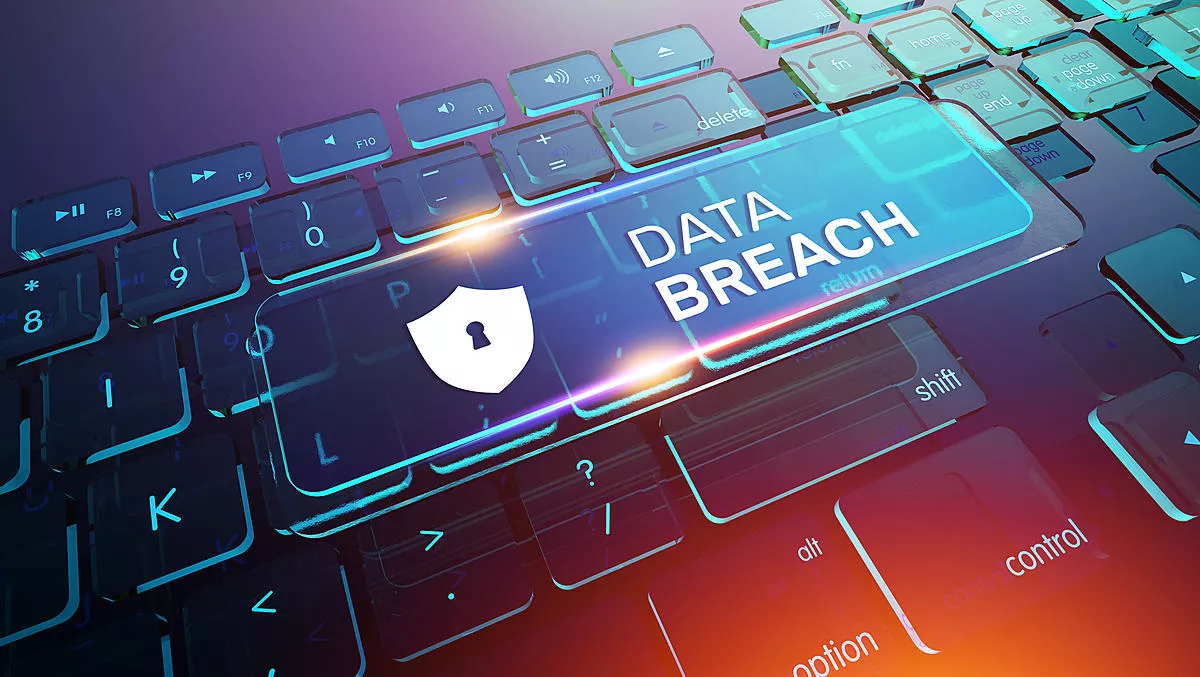
Cybersecurity is the practice of protecting computer systems, networks, and data from digital attacks, theft, and damage. It encompasses a wide range of technologies, processes, and practices designed to safeguard information and ensure the integrity, confidentiality, and availability of digital assets. Here’s a deeper look into what cybersecurity entails:
Key Components of Cybersecurity
Confidentiality
Definition: Ensuring that information is only accessible to those authorized to view it.
Practices: Encryption, access controls, and secure authentication methods.
Integrity
Definition: Ensuring that data is accurate and unaltered during transmission or storage.
Practices: Hashing, digital signatures, and data validation.
Availability
Definition: Ensuring that information and resources are accessible to authorized users when needed.
Practices: Redundancy, backup solutions, and disaster recovery plans.
Core Areas of Cybersecurity
Network Security
Definition: Protecting the integrity and usability of network and data.
Practices: Firewalls, intrusion detection systems (IDS), and network segmentation.
Application Security
Definition: Securing software applications from threats that could exploit vulnerabilities.
Practices: Secure coding practices, regular updates, and vulnerability assessments.
Information Security
Definition: Protecting data from unauthorized access and corruption.
Practices: Encryption, access controls, and data classification.
Operational Security
Definition: Ensuring that day-to-day operations are secure.
Practices: Incident response planning, security policies, and procedures.
End-User Education
Definition: Training users to recognize and avoid potential security threats.
Practices: Security awareness programs, phishing simulations, and best practices for safe computing.
Types of Cyber Threats
Malware
Definition: Malicious software designed to damage or disrupt systems.
Examples: Viruses, worms, ransomware, and spyware.
Phishing
Definition: Fraudulent attempts to obtain sensitive information by pretending to be a trustworthy entity.
Examples: Phishing emails, fake websites, and phone scams.
Denial of Service (DoS) Attacks
Definition: Attacks designed to overwhelm a system or network to make it unavailable to users.
Examples: Distributed Denial of Service (DDoS) attacks, flooding attacks.
Man-in-the-Middle (MitM) Attacks
Definition: Attacks where an attacker intercepts and potentially alters communications between two parties.
Examples: Eavesdropping, session hijacking.
Insider Threats
Definition: Threats originating from individuals within an organization who misuse their access.
Examples: Data theft, sabotage, and espionage.
Key Practices in Cybersecurity
Risk Assessment
Definition: Identifying and evaluating risks to an organization’s information assets.
Practices: Conducting vulnerability assessments and threat modeling.
Incident Response
Practices: Procedures for responding to and managing security breaches or attacks.
Examples: Developing incident response plans, conducting drills, and analyzing post-incident reports.
Security Policies
Definition: Formal rules and guidelines for maintaining security within an organization.
Practices: Access control policies, data protection policies, and acceptable use policies.
Compliance
Definition: Adhering to legal, regulatory, and industry standards.
Examples: GDPR, HIPAA, PCI-DSS.
Importance of Cybersecurity
Protects Sensitive Data: Safeguards personal, financial, and business information from theft and breaches.
Prevents Financial Loss: Mitigates the risk of financial losses due to cyberattacks and fraud.
Maintains Reputation: Helps organizations maintain trust and credibility with customers and partners.
Ensures Business Continuity: Minimizes the impact of disruptions and ensures that operations can continue smoothly.
In summary, cybersecurity is a critical field dedicated to defending against a range of digital threats, ensuring that systems, data, and networks remain secure and operational. It involves a combination of technology, processes, and people working together to protect digital assets from unauthorized access and damage.
Topics Covered
Digital Forensic Analysis
Certified Digital Forensics Examinar
Criminal Law
Malware
Social Engineering
Forensic Computing
Cognitive Cyber Security
Cyber Crime




